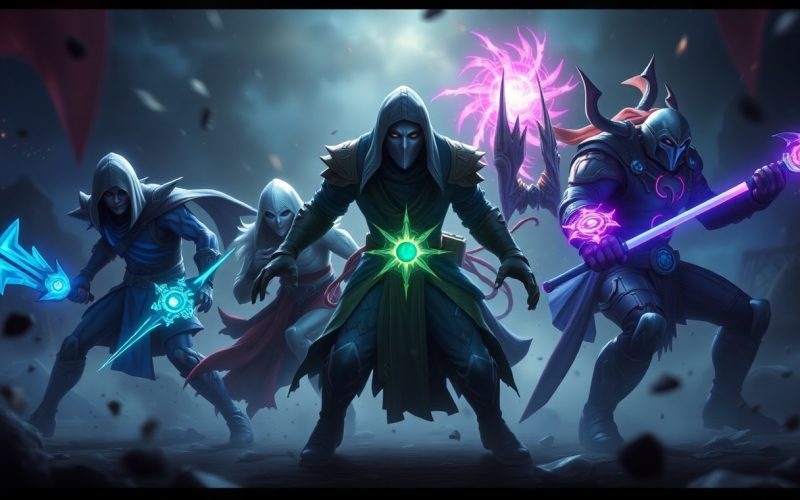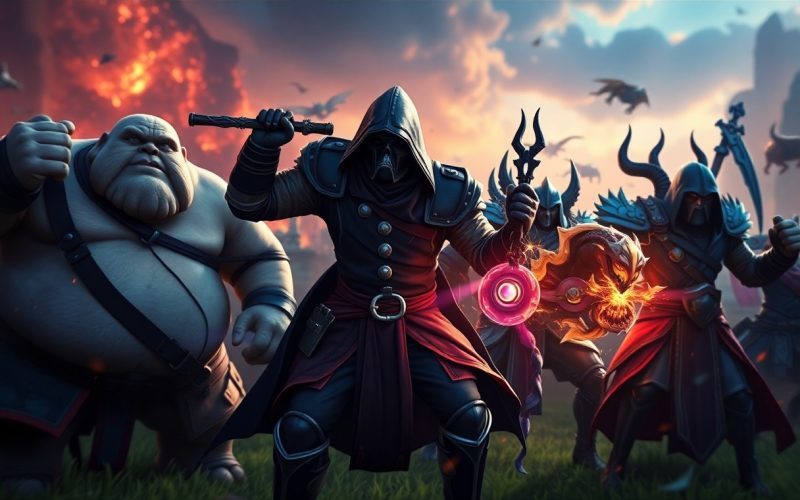You may think that the action on the battlefield defines a Dota 2 match, but the reality is that the drafting phase is where the groundwork for victory is laid. This stage, which occurs before any heroes engage in combat, heavily influences the outcome of each game. The importance of drafting cannot be overstated, as it sets the stage for strategies, counterplays, and team dynamics that will unfold throughout the match.
During the drafting phase, teams select heroes that will determine their capacities for damage, healing, and crowd control. Each hero possesses unique abilities that function differently together, making the initial selections critical for shaping your team’s playstyle. If a team fails to create a balanced composition, they may find themselves lacking in necessary skills, such as initiation, sustain, or burst damage, leading to significant challenges during skirmishes. Thus, selecting heroes that synergize well and fulfill specific roles is pivotal for success.
Moreover, the drafting phase also involves counter-picking, an necessary tactical element in Dota 2. Teams must analyze their opponents’ picks and adjust their selections accordingly. By choosing heroes that can exploit weaknesses in the enemy lineup or neutralize their strengths, teams can gain a competitive edge before the match even begins. A solid understanding of hero matchups and the meta ensures that teams can create strategies specifically designed to thwart their foes.
The drafting phase also sets the tone for the game’s flexibility and adaptability. Teams can choose to adopt certain styles of play, ranging from aggressive to defensive, based on their hero selections. For instance, drafting a lineup that excels at early game pressure creates an atmosphere where constant aggression can impose immense stress on the opposing team, while a late-game oriented draft may aim for a more cautious approach. The foundation laid during the draft affects not only the individual hero mechanics but also the overall strategy and flow of the match.
Furthermore, communication and teamwork become apparent during the drafting phase. This stage offers an opportunity for players to discuss strategies, share insights about hero synergies, and make collective decisions on the direction of the game. When collaboration happens seamlessly in the draft, it reflects the level of teamwork that can translate into real-time gameplay. Strong communication built in the draft can lead to a cohesive approach in executing strategies during fights and objectives.
Lastly, the psychological aspect of drafting cannot be overlooked. Preparing for an opponent often involves predicting their moves and countering with your own. The drafting phase reflects not only the abilities of the heroes chosen, but also the intelligence of the players involved. Understanding the meta, knowing which heroes are strong in the current patch, and leveraging this knowledge can intimidate opposing teams, setting a mental precedent before the match even begins.
In a nutshell, the drafting phase in Dota 2 serves as the backbone of a match, shaping strategy, teamwork, and psychological game-play. It is not merely a prelude to the action but a defining moment that can lead a team toward triumph or defeat. Teams that invest serious thought into their drafts often find themselves with the upper hand, emphasizing the significance of this stage in the ever-evolving landscape of competitive Dota 2.






